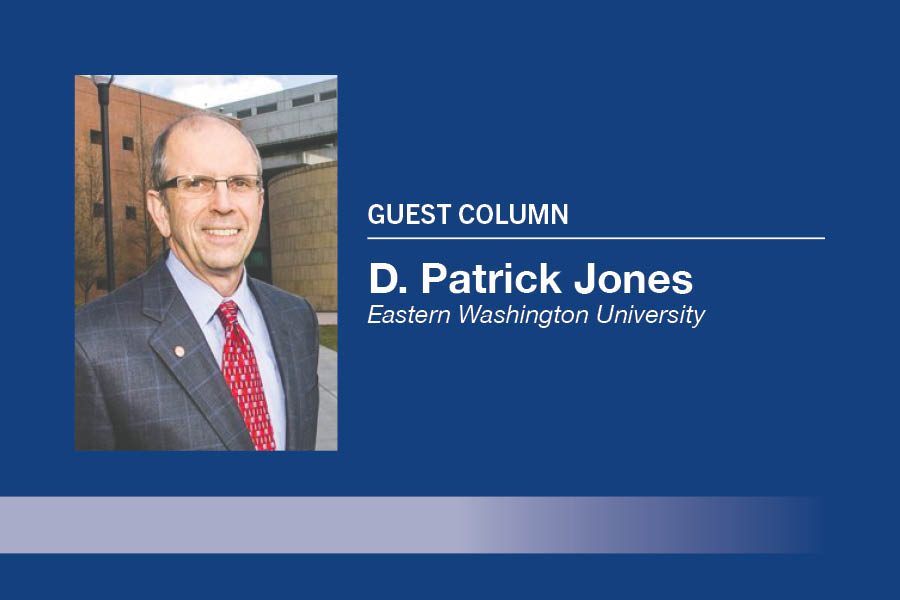
Home » Personal income from investments is relatively low here
Personal income from investments is relatively low here

February 13, 2025
Wealth managers in the greater Tri-Cities face a conundrum. As Trends data on median household income shows, this key measure of economic prosperity was most recently estimated to be about $83,000. While below the state median, it is considerably above other Eastern Washington metros and higher than the U.S. median. This relative outperformance versus the rest of the eastern side of our state has been in place for the past 15 years.
Yet, if one dissects the components of personal income for Benton and Franklin counties from the accounts provided by the U.S. Department of Commerce, the most recent adult (25+) average investment income was $12,766. This is about half the state’s adult per capita figure of $24,713. But median household income here isn’t that much lower than statewide levels. In 2023, it was 88%.
Further, the 2023 per adult capita value of investment income for the largest Eastern Washington metro, Spokane-Spokane Valley, was nearly a quarter higher than here. This is despite lower household income there than here – about 89% of the estimate for the greater Tri-Cities.
What constitutes investment income in the eyes of the Commerce department? There are three components: dividends, interest and rents earned. Ostensibly, if more wealth is under management, then the amount of investment income reported by the federal government should increase.
Another measure comes to a similar conclusion. Based on its slice of total income, investment income is relatively weak in the greater Tri-Cities. As a share of total personal income in the two counties, it amounted to about 15% in 2023. For the Spokane-Spokane Valley metro area, it was about 19%. And for the state that year, 22%. The local share has changed little from a decade ago, when it stood at 14.9%.
Consequently, it should come as no surprise that the two occupations that make up investment and wealth management offices show a relatively small industry here. For example, financial and investment analysts were estimated by the Washington Department of Employment Security (ESD) to be 70, or a mere 0.06% of the local workforce. Contrast that to their share in the Spokane metro area, at 0.1%, or in the state, at 0.2%, of their respective workforces.
The other key occupation in investment and wealth management consists of personal financial advisors. ESD estimated the count in 2024 to be 90, or 0.08% of the local workforce. Again, contrast this share to the estimates for the Spokane-Spokane Valley metro (0.11%) or to the state (0.14%). With adult per capita investment income here so low, the relatively small number of wealth managers makes sense.
Of course, local wealth management firms aren’t the only ones to manage investments. Banks and credit unions are offer savings and investment services. And some residents may have accounts with wealth management firms outside the area. But the fact remains that investment income is relatively low here.
Old money
Why might this be the case? For the comparison to the state, the answer is straightforward: despite local area median household income claiming the first spot among Eastern Washington metros, it was still more than $10,000 lower than Washington’s. Income, in particular wage and salary income, matters for investments. But overall income here, relative to the state, is not as low as per capita investment income is.
The comparison to the Spokane metro area, where median household income is considerably lower than in the greater Tri-Cities, might offer another reason. The Tri-Cities is a relatively young urban area, with several decades behind Spokane’s founding. Amassing and maintaining wealth at the community level is a long game. In other words, the area simply doesn’t have the “old money” of Spokane. And for that matter, not the old money of the state.
Spending, tithing
We could think of another reason, but this doesn’t sound plausible: Tri-Citians spend a higher share of their income. Conspicuous consumption, however, seems absent here.
Another explanation might be a bit more convincing: while not spending on themselves, Tri-Citians may give to charity, including tithing to their churches, at a higher rate than statewide or in Spokane. This will obviously reduce the amount of savings and therefore investment income. We have no way of confirming this hypothesis, however.
Whatever the reasons, I am sure that nonprofit organizations and foundations in the two counties would welcome a greater share of personal income attributable to investment income. For that matter, so would local wealth management firms.
D. Patrick Jones is the executive director for Eastern Washington University’s Institute for Public Policy & Economic Analysis. Benton-Franklin Trends, the institute’s project, uses local, state and federal data to measure the local economic, educational and civic life of Benton and Franklin counties.
Local News Banking & Investments Labor & Employment Wealth Management
KEYWORDS February 2025
Related Articles
Related Products




